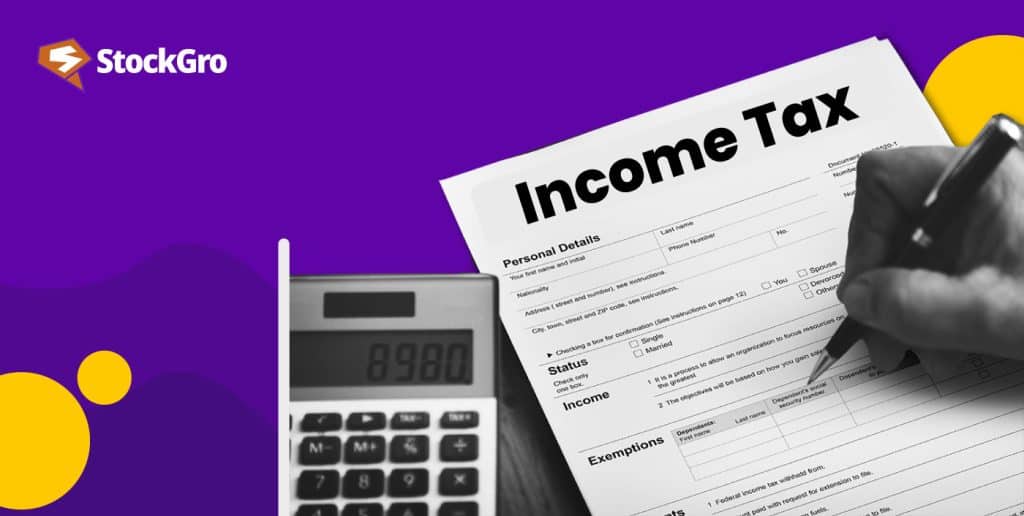
Capital refers to assets like property, stocks and bonds and even includes collectables like art. The sale of these assets at a profit gives you capital gains. They can be further divided based on the investor’s holding period.
Long-term capital gains (LTCG) is for those investors with a longer time horizon. What does it signify? What are the tax laws regarding it? Let’s analyse.
What is LTCG?
If you hold an asset for a while, and sell it, then LTCG becomes relevant. The definition of “a while” depens on the asset. And LTCG is the profit you make from this sale.
You compute it by deducting the purchase price from the sale price. The difference is your gain. If you buy a share for ₹100 and sell it for ₹150 a year later, you would have made a gain of ₹50. This ₹50 gain is your LTCG.
Different assets have different holding periods. For unlisted shares, you need to keep them for over 24 months. Other assets might have even longer periods, up to 36 months.
You may also like: How much tax do you pay on stock market gains?
What is section 112A of the Income Tax Act?
Sec 112A came into effect with the Finance Act of 2018. The way we tax long-term capital gains has been modified. Gains from the sale of listed stock shares, business trust units, and units of equity-oriented mutual funds are the focus of this section.
Previously, LTCG from these investments were exempt under Section 10(38). However, Section 112A changed that. Now, LTCG exceeding ₹1 lakh is taxed at 10%. Gains up to ₹1 lakh remain tax-free, offering some relief to small investors.
To comply with this tax law, taxpayers must report detailed information. The income tax form includes a schedule where individuals list each security sold during the year. This scrip-wise detailing ensures transparency and accuracy in tax calculations.
More on section 112A of Income Tax Act:
- Nature of assets: This section applies to three types of assets. First, listed equity shares. Second, units of equity-oriented mutual funds. Third, units of business trusts.
- Time period: You should hold asset for at least a year. That’s the long-term criteria. Shorter holdings don’t count.
- Exemptions and threshold: Profits in a fiscal year up to ₹1 lakh are excluded. Only gains exceeding this limit are taxed under Section 112A.
- Transaction conditions: Securities Transaction Tax (STT) must be paid when equity shares are sold. STT must also be payable on the sale of business trust units or equity-oriented mutual fund units.
- Exclusions: Deductions under Chapter VI-A cannot be applied to these gains. Similarly, a rebate under Section 87A is not applicable.
Also read: Capital gains tax – overview, types, and current rates
Taxation under schedule 112A of the Income Tax Act
The tax rate is 10%. But there’s an exempt. Only gains exceeding ₹1 lakh are taxed. Up to ₹1 lakh, your gains are exempt.
For example, if you have ₹1.5 lakh in gains, ₹1 lakh is exempt. The tax applies to the remaining ₹50,000. The tax amount would be ₹5,000 (10% of ₹50,000).
Now, consider resident individuals and Hindu undivided families. If the overall income, apart from these gains, is below the basic exemption limit, then the unutilised part can reduce your taxable gains. Say if your total income is ₹2,00,000 and LTCG are ₹2 lakh, only the ₹1.50 lakh part is taxable. This is after considering the basic exemption of ₹2.50 lakh.
Loss set-off
Capital gains over the long term may be offset by losses over the long term. Your gains will be countered if you lose money on some securities and make money on others. Taxes apply to net gains beyond ₹1 lakh.
Eight years is the carryforward period for unused long-term capital losses. This period allows you to deduct these losses from any future long-term capital gains.
Grandfathering provisions
In order to avoid taxation on past gains, the cost of securities purchased before 1st February 2018 use the fair market value (FMV) of 31st January 2018. It is more than the original price or the FMV but cannot be more than the selling price. This rule prevents older stock holdings from skewing gains
The acquisition cost for tax purposes would be ₹140 if you purchased shares for ₹100 and the FMV on January 31, 2018, was ₹150, but you sold them for ₹140. This would prevent any gain from taxes prior to the FMV date.
You may also like: Old vs. New – Which income tax regime is better for FY 2023-24?
Bottomline
Section 112A imposes a 10% tax on capital gains with a holding period over a year exceeding ₹1 lakh from specific securities. This rule, along with grandfathering provisions and detailed ITR reporting, ensures transparent and fair taxation. Understanding these details helps taxpayers manage their investments and tax obligations effectively.

